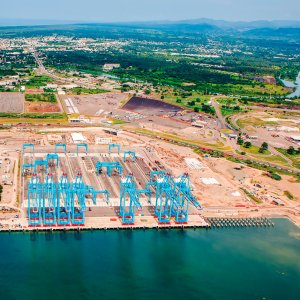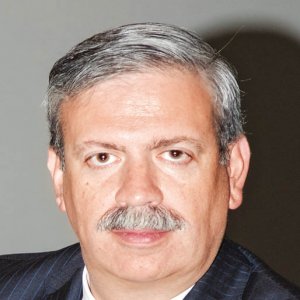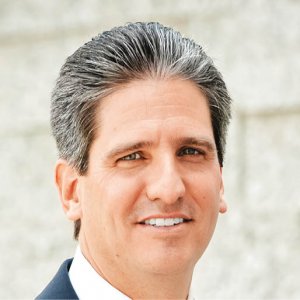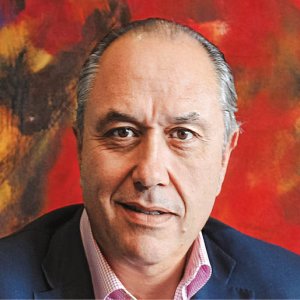Engaging Urban Dwellers in Architectural Design

STORY INLINE POST
Metropolitan Mexico City has about 21 million inhabitants. While this adds to the diversity and dynamism of the area, the people who constitute it can start experiencing a feeling of detachment. This, according to Iván Hernández, Director Generalr of Ludens architecture firm, can be attributed to the community failing to sufficiently engage with its surroundings. “Citizens must become agents of change and participation instead of merely being bystanders,” he asserts. “One way this can be achieved is to build on the ideas that cities should not be entirely built by architects.” Ludens' "Urban Prosthetics” project placed ad-hoc structures in public spaces across Mexico City. “With this project, my goal was to challenge the prevailing view that architecture must be rigid and monumental,” he says. “I called the project Urban Prosthetics as a response to perceiving the city as a living organism.” The essence of the project was that the general public would appropriate and interact with the structures. “The idea was to start designing objects that do not serve a predefined purpose and thereby invite participants to improvise and hence adapt the structures to their particular need in the moment,” he says.
Hernández’s views on architecture stem from the predominant attitude of Mexicans, who he describes as “passive” when it comes to the development of their urban space. “Ludens has been involved in numerous projects, all with a strong social aspect,” he says. “We have worked with INFONAVIT and CONAVI, in which Ludens was tasked with redefining the public space in social housing developments.” Besides being cost efficient at 70 percent of the budgeted cost, Ludens' developments also provide a clear social benefit. “For a project called RIA rural, we designed a model, which had certain fixed parameters enabling the project to be reproduced and recognizable as part of a network, while also having sufficient flexible lineaments to adapt to the local community, climate and topography,” he says. Due to its basic structure and the lack of unnecessary finishes, it can easily be disassembled and reassembled wherever the need exists.






















